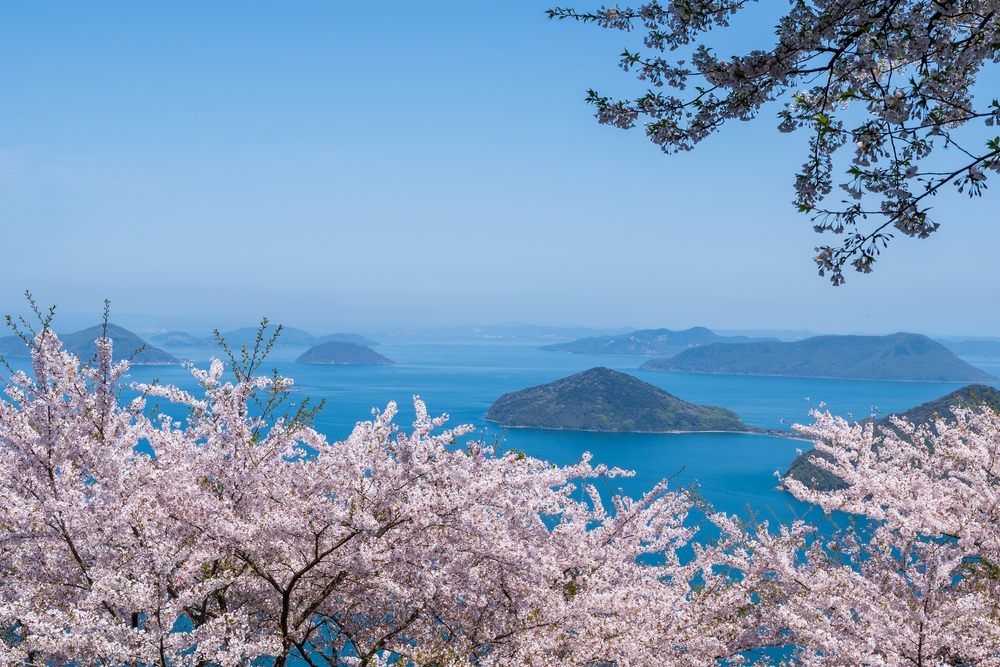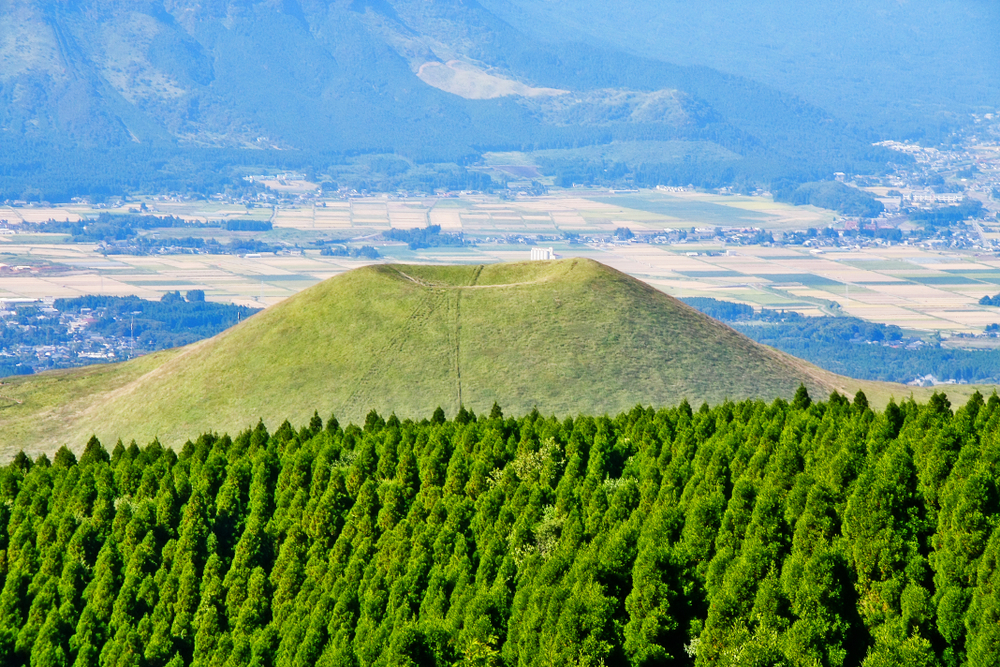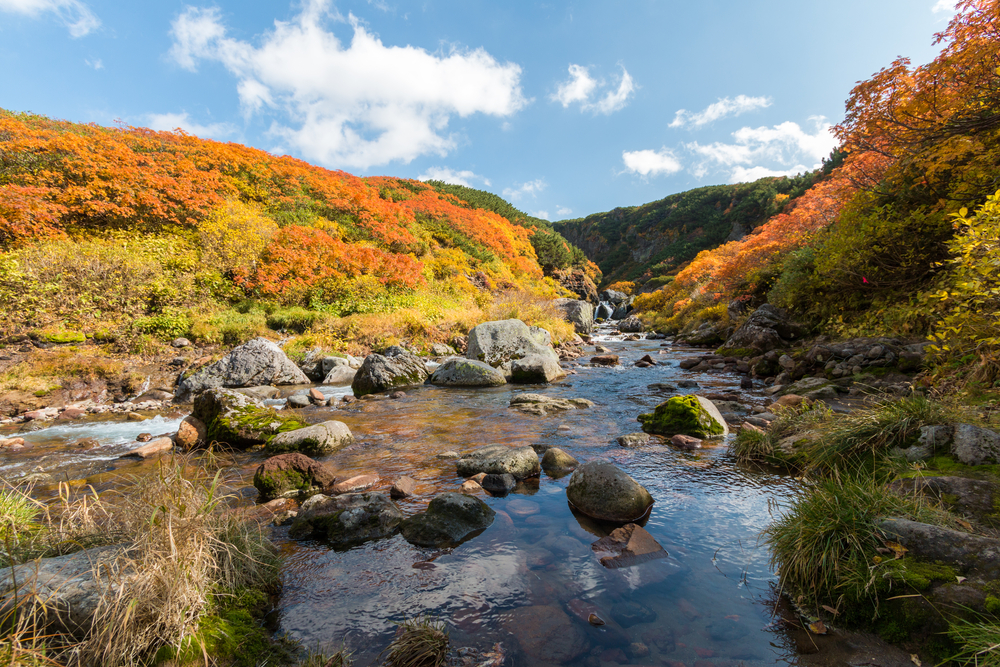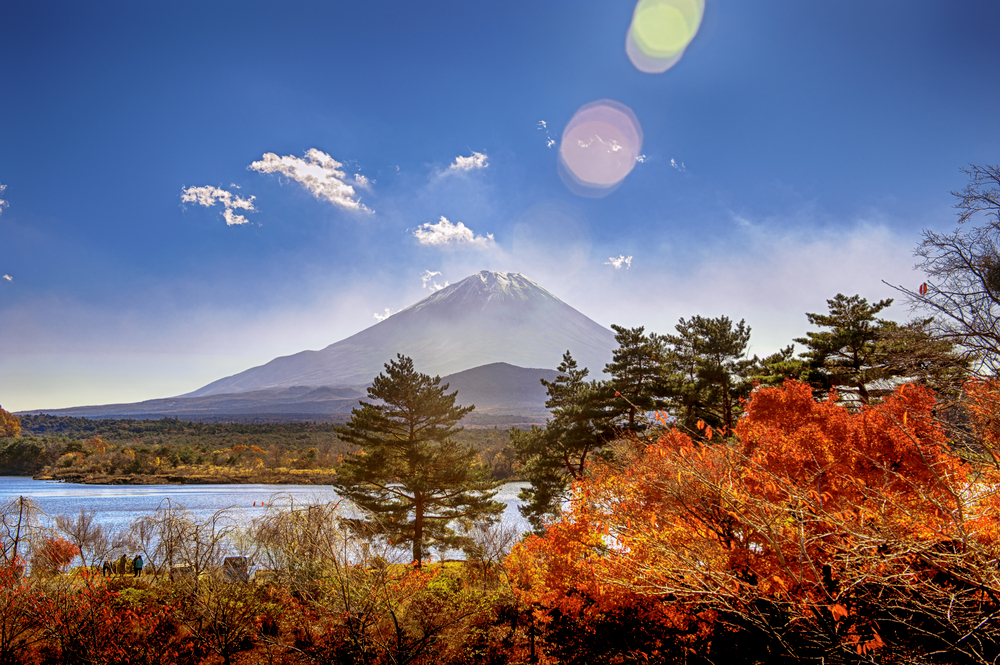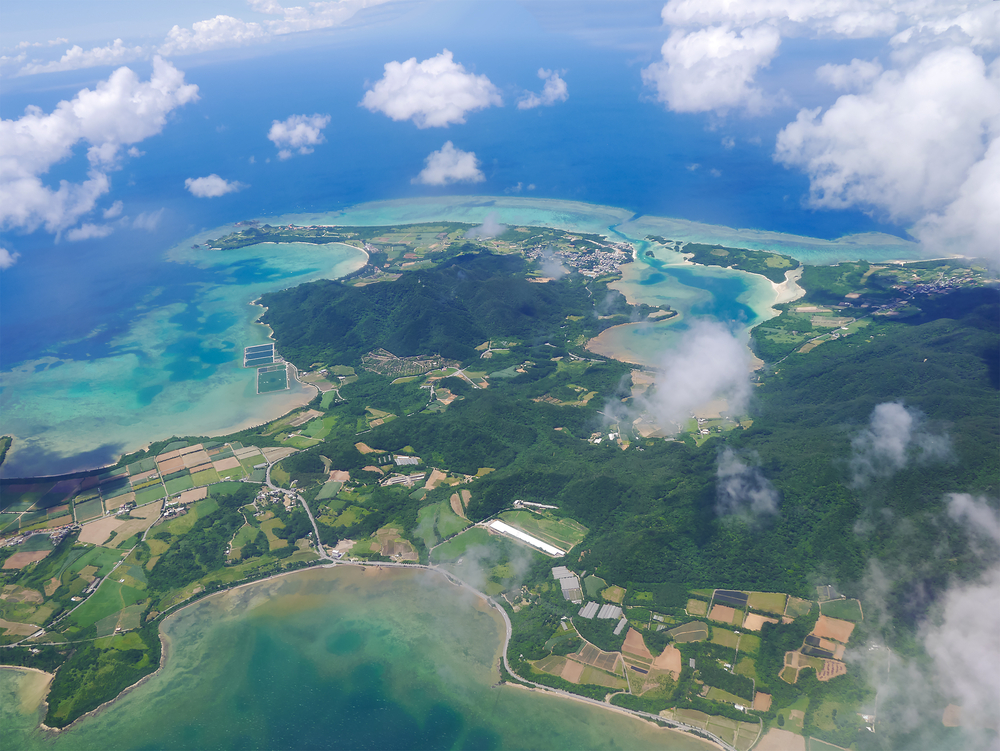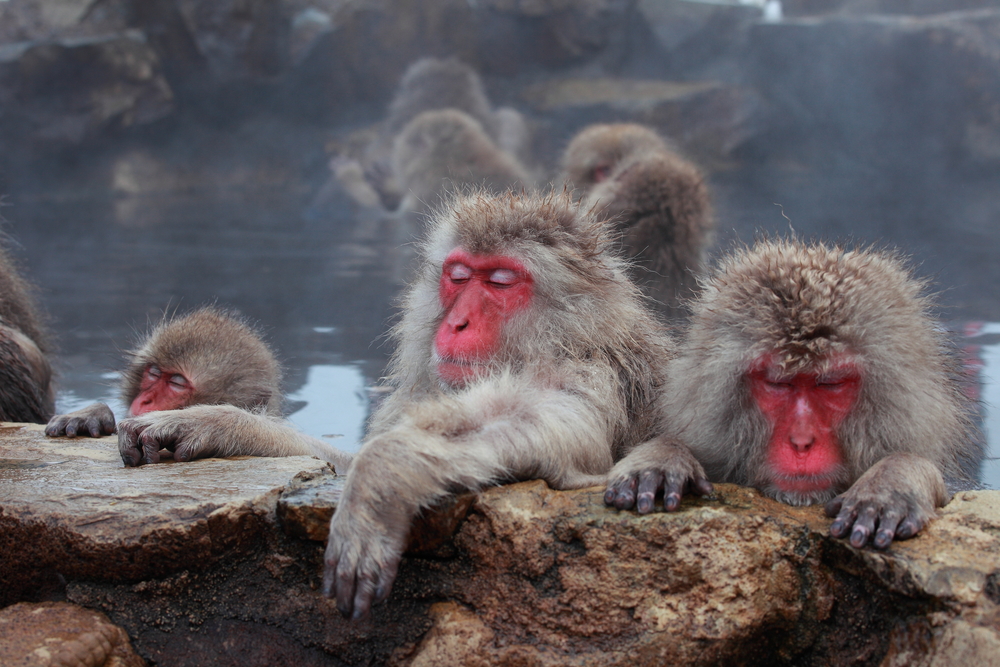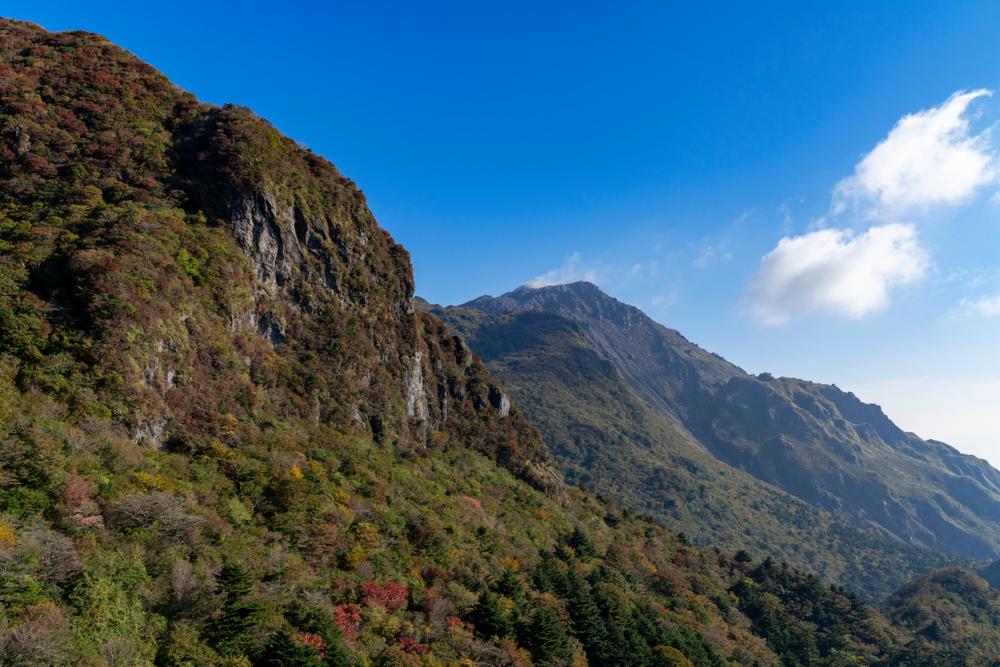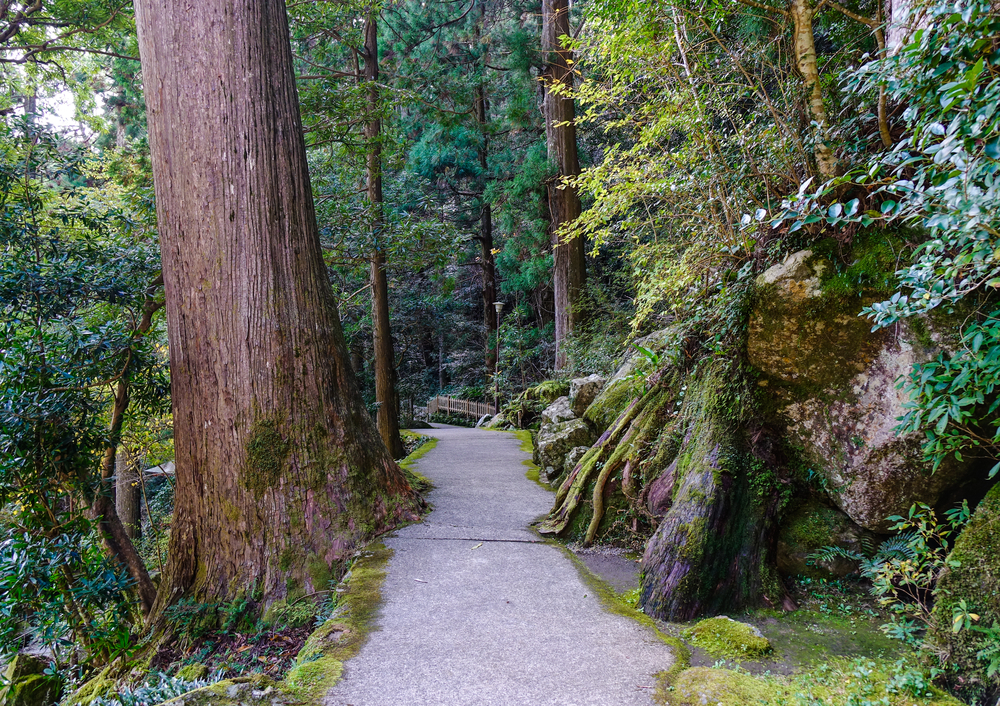Setonaikai Overview
Setonaikai National Park, or 瀬戸内海国立公園 (Setonaikai Kokuritsu Kōen) in Japanese, is a sprawling natural treasure located in western Japan. Established in 1934, it is Japan’s first national park and one of its most iconic. Covering an area of approximately 3,703 square miles (9,569 square kilometers), the park spans multiple prefectures, including Hyogo, Okayama, Hiroshima, and Ehime, encompassing the picturesque Seto Inland Sea and its surrounding islands and coastlines. The park is celebrated for its harmonious blend of land and sea, providing breathtaking views of over 3,000 islands scattered across tranquil waters.
The terrain of Setonaikai National Park is incredibly diverse, ranging from gentle, sandy beaches and tidal flats to rugged cliffs and lush, forested mountains. Notable features include Mount Rokko in Hyogo, with its panoramic views of Kobe and Osaka, and Mount Ishizuchi in Ehime, the highest peak in western Japan. The park is also home to renowned cultural landscapes like the Miyajima Island, which features the UNESCO World Heritage Site of Itsukushima Shrine with its iconic “floating” torii gate. The islands, such as Shodoshima, are dotted with olive groves and terraced fields, while other areas like Tomonoura offer picturesque harbors that have inspired Japanese artists and filmmakers for centuries.
The flora of the park reflects its varied terrain, with coastal vegetation, evergreen broadleaf forests, and cultivated groves. Key species include Japanese red pine, camphor trees, and diverse wildflowers that bloom seasonally. The Seto Inland Sea itself hosts vital marine ecosystems, including seagrass beds that nurture marine life.
Wildlife within Setonaikai National Park is equally diverse. Visitors might encounter Japanese macaques in forested areas or spot sika deer roaming freely on Miyajima Island. Birdwatchers will find the park a haven, with species like the black-tailed gull, osprey, and even endangered Japanese murrelet. The marine environment is home to a variety of fish, shellfish, and other sea creatures, with the possibility of spotting dolphins in certain regions.
Popular highlights of the park include the Shimanami Kaido cycling route, which connects Honshu and Shikoku islands through a series of bridges with stunning views. Cultural experiences abound, such as visiting historic temples, enjoying hot springs, or exploring traditional fishing villages. The olive groves of Shodoshima and the vibrant autumn foliage of Mount Rokko are seasonal attractions not to be missed.
Visitors can experience Setonaikai National Park through hiking, cycling, and boat tours, with ferry services connecting the islands. The park is also a popular destination for sea kayaking, offering a unique perspective of the islands and coastline.
Setonaikai National Park faces conservation challenges, including pollution from industrial activities in the surrounding areas and the impact of tourism on its delicate ecosystems. However, local governments and conservation groups have implemented measures to combat these issues, such as habitat restoration and eco-tourism initiatives, preserving this natural and cultural treasure for future generations.








































































